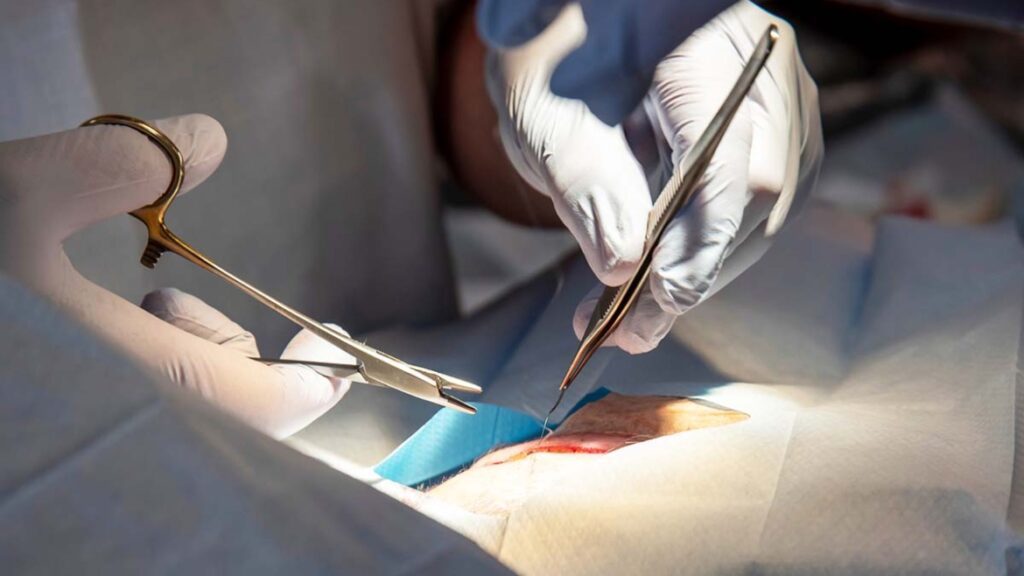Cancer surgery is a critical intervention aimed at diagnosing, staging, and treating various types of cancer. It involves the removal of cancerous tumors and surrounding tissues, sometimes including lymph nodes, to prevent the spread of malignancy. This surgical approach has been a cornerstone of cancer treatment for decades, often combined with other therapies like chemotherapy and radiation. The primary goal is to achieve complete resection of the tumor, thereby enhancing the patient’s chances of survival and improving their quality of life. Advancements in surgical techniques, such as minimally invasive and robotic-assisted surgeries, have significantly reduced recovery times and improved outcomes.

Cancer surgery can be curative, palliative, or prophylactic, depending on the cancer type and stage. While curative surgery aims to eradicate cancer, palliative surgery alleviates symptoms in advanced stages. Prophylactic surgery is performed to prevent cancer in high-risk individuals. The decision to opt for surgery involves a multidisciplinary team assessing the patient’s overall health, cancer type, and progression, ensuring a tailored and effective treatment plan.
How Cancer Surgery Works
Cancer surgery works by physically removing cancerous tissue from the body. It involves several key steps:
Diagnosis and Staging:
Surgeons use biopsies to confirm the presence of cancer and determine its extent.
Tumor Resection:
The primary goal is to excise the tumor with clear margins to ensure no cancer cells are left behind.
Lymph Node Removal:
Nearby lymph nodes may be removed to check for metastasis.
This approach helps in reducing the tumor burden, preventing spread, and improving overall prognosis.
Application of Cancer Surgery
Cancer surgery is applied in various ways depending on the cancer type and stage:
Curative Surgery:
Removes the entire tumor and is often used in early-stage cancers.
Palliative Surgery:
Aims to relieve symptoms and improve quality of life in advanced cancer stages.
Prophylactic Surgery:
Preventive measure for individuals at high risk of developing cancer.
Each application is designed to address specific needs, ensuring a comprehensive approach to cancer management.
Benefits of Laparoscopy
The benefits of cancer surgery are significant:
Complete Tumor Removal:
Increases the chances of eliminating cancer from the body.
Symptom Relief:
Alleviates pain and other symptoms caused by the tumor.
Preventive Action:
Reduces the risk of cancer development in high-risk individuals.
These benefits highlight the crucial role of surgery in improving patient outcomes and quality of life.
Risks and Limitations
Despite its benefits, cancer surgery has risks and limitations:
Infection and Complications:
Postoperative infections and complications can arise.
Incomplete Resection:
Sometimes complete removal of the tumor isn't possible.
Impact on Organ Function:
Surgery may affect the function of the involved organs.
These risks necessitate careful patient evaluation and postoperative monitoring to ensure the best possible outcomes.
Preparation and Recovery
Preparation and recovery are vital for successful cancer surgery:
Preoperative Assessment:
Includes medical evaluations and imaging studies to plan the surgery.
Postoperative Care:
Involves monitoring, wound care, and managing potential complications.
Rehabilitation:
Physical therapy and support services aid in recovery.
A comprehensive approach ensures that patients are well-prepared for surgery and receive the necessary support during recovery
